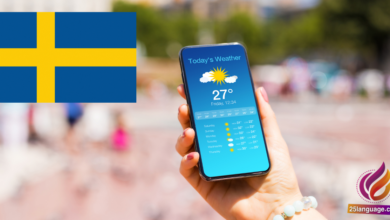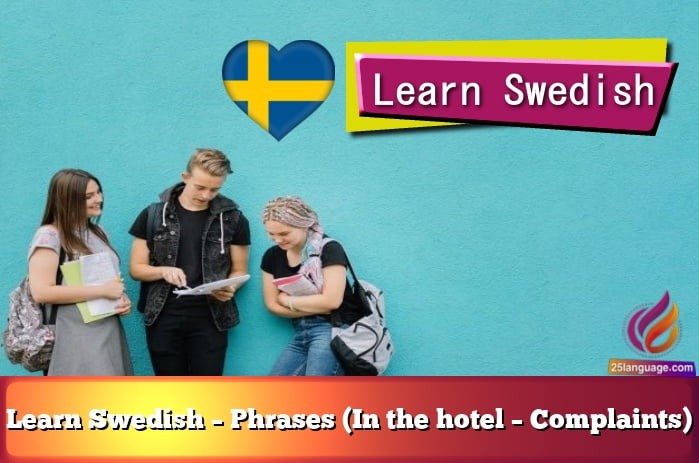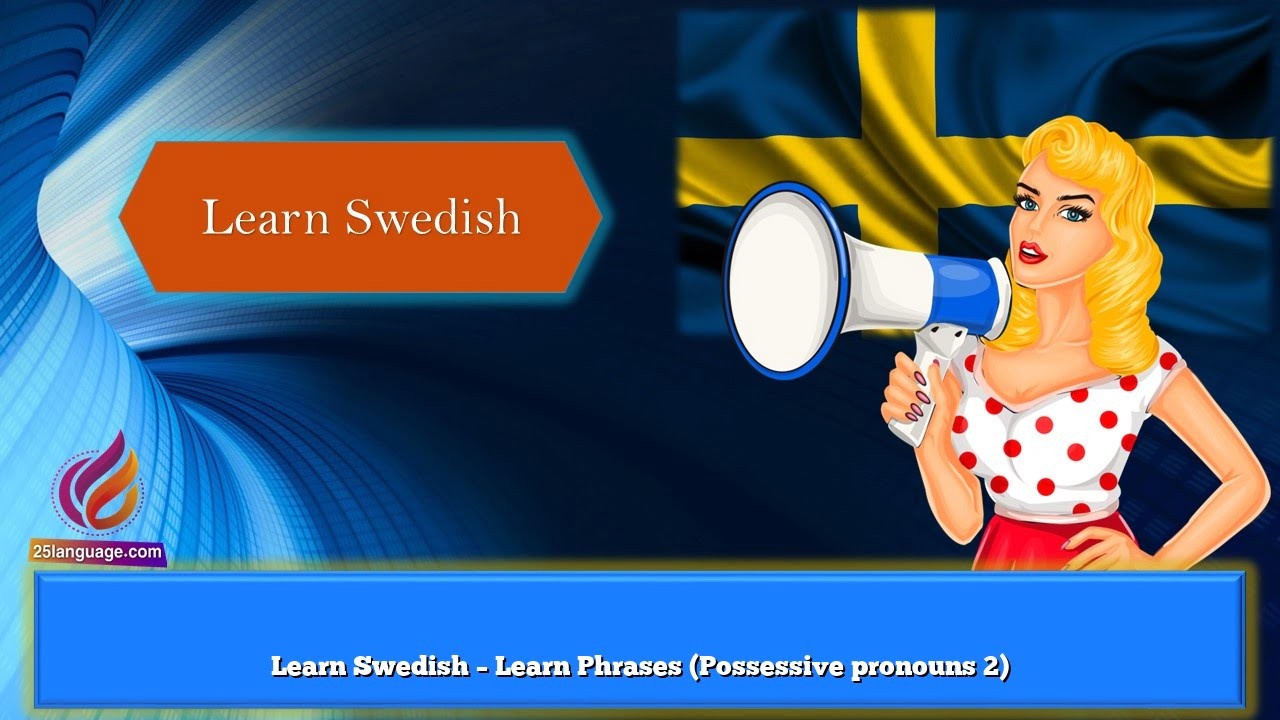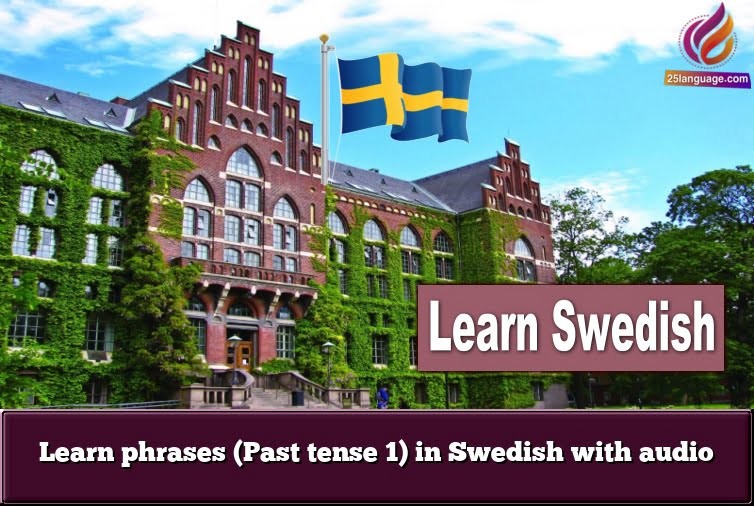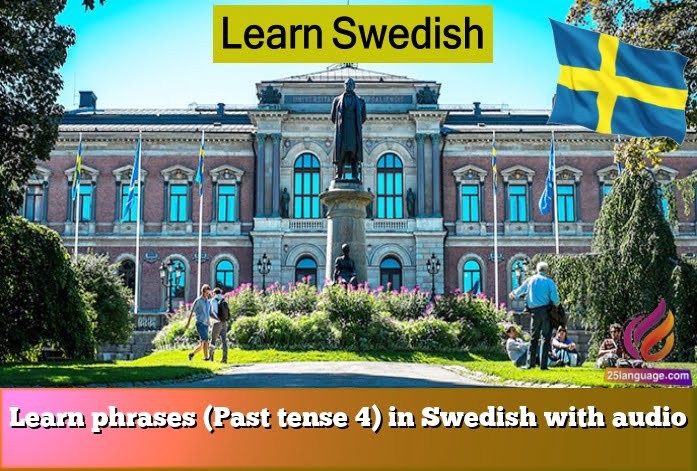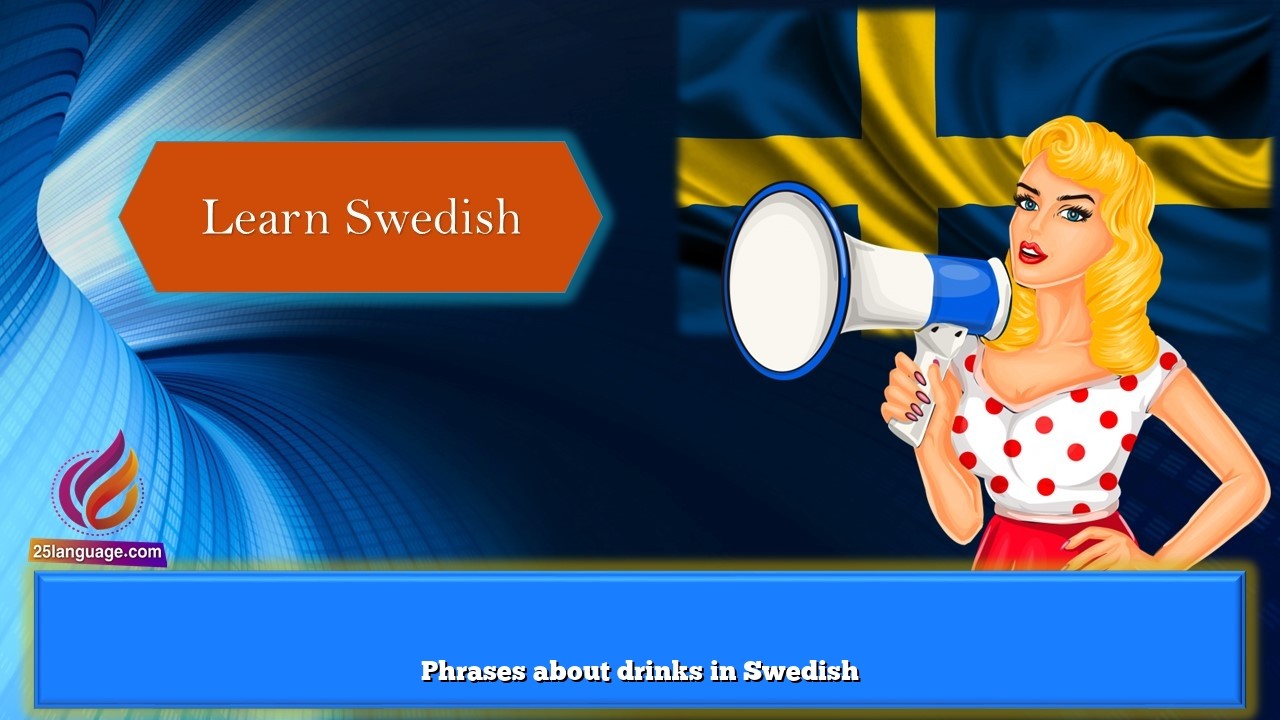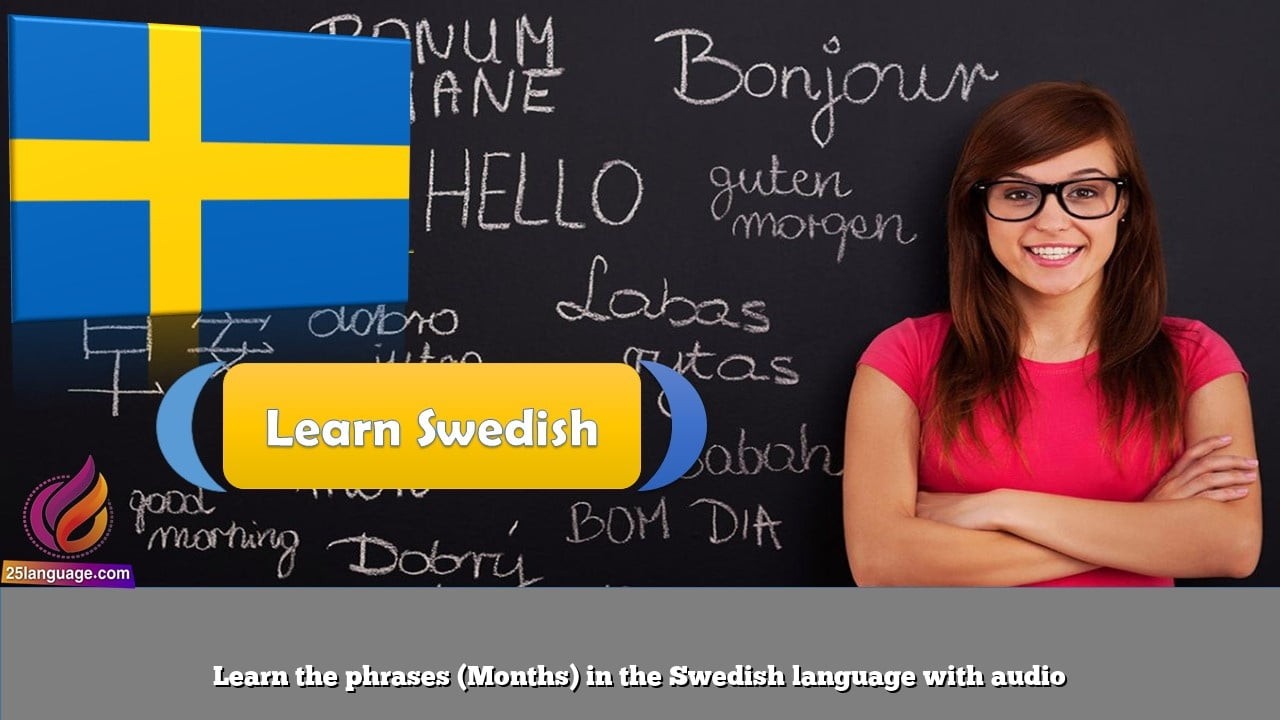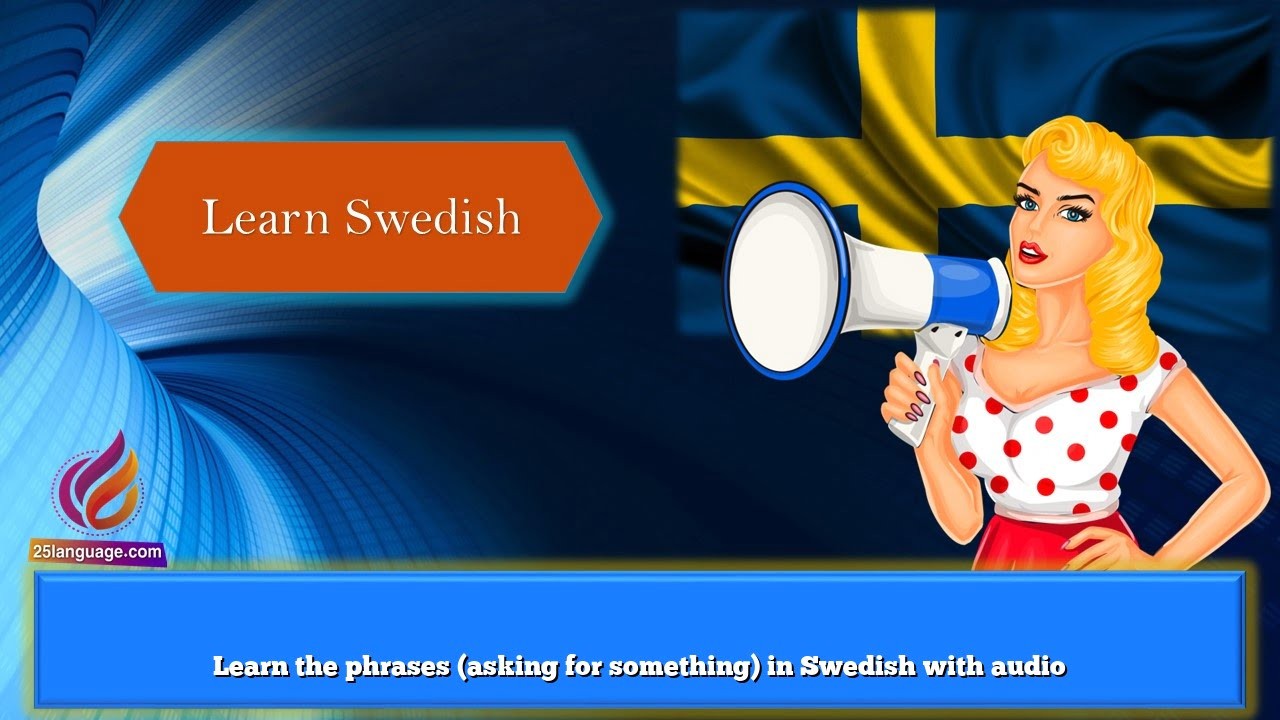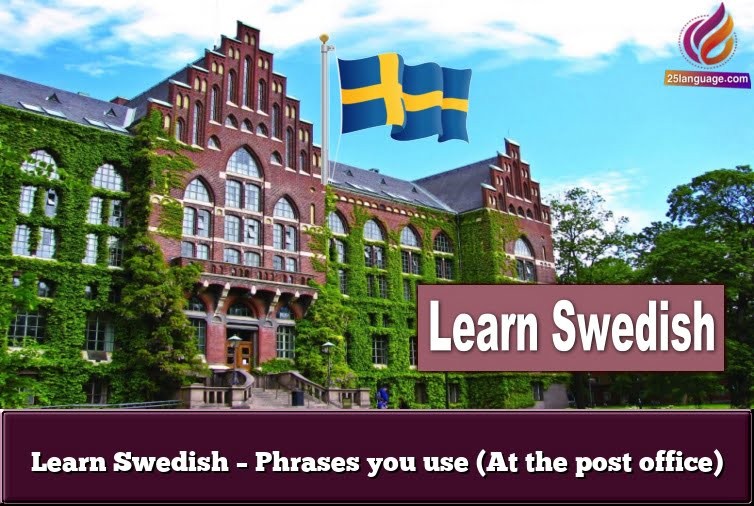The Difference Between Who and Whose in Swedish

In Swedish, like in English, the words used to ask questions about people and their possessions play a crucial role in constructing clear and grammatically correct sentences. Two important question words that learners often struggle with are “vem” (who) and “vars” (whose). These terms, while closely related, serve distinct functions in Swedish and have specific contexts in which they should be used. Grasping the difference between “who” and “whose” is vital for learners who aim to master question formation and pronoun usage in Swedish.
The Difference Between Who and Whose in Swedish
“Vem” is used to inquire about a person or subject, corresponding to “who” in English. It functions as a nominative pronoun in sentences that ask about the identity of someone.
“Vars”, on the other hand, functions similarly to the English “whose” and is used to ask about possession or ownership. It links a person to something they possess and is generally followed by a noun.
In order to understand the nuanced usage of these two interrogative pronouns, it’s essential to explore both their syntactic roles and their common collocations. This lesson provides 25 examples to demonstrate the clear distinctions and uses of “vem” and “vars,” equipping learners with a practical understanding of when and how to use each term.
Comparing “Who” (Vem) and “Whose” (Vars) in Swedish
| English Example | Swedish Translation | Explanation |
|---|---|---|
| Who is coming to the party? | Vem kommer till festen? | “Vem” is used to ask about the identity of the person. |
| Whose book is this? | Vars bok är det här? | “Vars” asks about the owner of the book. |
| Who is that man? | Vem är den där mannen? | “Vem” asks about the identity of the man. |
| Whose car is parked outside? | Vars bil står parkerad utanför? | “Vars” asks about the owner of the car. |
| Who knows the answer? | Vem vet svaret? | “Vem” is used to inquire about the person who knows. |
| Whose dog is barking? | Vars hund skäller? | “Vars” links possession of the dog. |
| Who will be the new manager? | Vem kommer att bli den nya chefen? | “Vem” asks about a future identity or role. |
| Whose phone is ringing? | Vars telefon ringer? | “Vars” refers to the owner of the phone. |
| Who lives in this house? | Vem bor i det här huset? | “Vem” is used for asking about a resident. |
| Whose jacket is this? | Vars jacka är det här? | “Vars” asks about the owner of the jacket. |
| Who won the game? | Vem vann matchen? | “Vem” asks about the victor. |
| Whose idea was it? | Vars idé var det? | “Vars” inquires about the originator of the idea. |
| Who are you? | Vem är du? | “Vem” asks for personal identification. |
| Whose house are we visiting? | Vars hus besöker vi? | “Vars” refers to the owner of the house. |
| Who called you? | Vem ringde dig? | “Vem” asks about the identity of the caller. |
| Whose parents are they? | Vars föräldrar är de? | “Vars” asks about who the parents belong to. |
| Who is responsible for this project? | Vem är ansvarig för det här projektet? | “Vem” asks about a responsible individual. |
| Whose shoes are on the floor? | Vars skor ligger på golvet? | “Vars” asks about the owner of the shoes. |
| Who painted this picture? | Vem målade den här bilden? | “Vem” asks about the artist. |
| Whose children are playing outside? | Vars barn leker utanför? | “Vars” refers to the children’s parents. |
| Who will represent the company? | Vem kommer att representera företaget? | “Vem” asks about a representative. |
| Whose mistake was it? | Vars misstag var det? | “Vars” inquires about ownership of the mistake. |
| Who is sitting in the front row? | Vem sitter på första raden? | “Vem” asks about the person sitting in the front. |
| Whose birthday is it today? | Vars födelsedag är det idag? | “Vars” asks about the person celebrating. |
| Who took my keys? | Vem tog mina nycklar? | “Vem” asks about the person who took the keys. |
Conclusion
The distinction between “vem” (who) and “vars” (whose) is fundamental for constructing meaningful questions in Swedish. As seen in the examples provided, “vem” is used when asking about the identity of a person, while “vars” is employed to ask about possession or ownership. With practice, learners can improve their fluency in asking both types of questions, ultimately enhancing their overall proficiency in Swedish grammar and communication.



